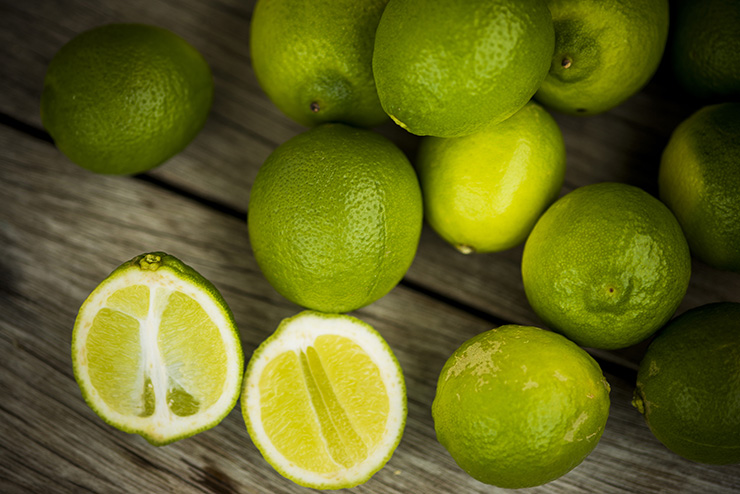Unlock free shipping
Away
Fast, fresh delivery NZ-wide
Free shipping over $98
Auckland Anniversary - All orders sent on Tuesday & Wednesday
Blueberries & Stone Fruit!
Fast, fresh delivery NZ-wide
Free shipping over $98
Auckland Anniversary - All orders sent on Tuesday & Wednesday
Blueberries & Stone Fruit!





Shop Fruit Online
In lime appreciation month, we will find out where these little green nuggets hail from, how they are good for us, and learn some new ways to use them.

As one of winter's citrusy gifts to us, the flavour-packed little lime is in season through autumn and winter. While lemons often take all the limelight (see what we did there?), limes should not be underestimated.
Their unique flavour features in many cuisines throughout the world. And what would a margarita be without lime juice?
Disappointing, that's what!
In lime appreciation month, we will find out where these little green nuggets hail from, how they are good for us, and learn some new ways to use them.
Limey Origins
Rumour has it that limes originated in Southeast Asia, most probably Indonesia. In the 10th century, they were transported to the Mediterranean and North Africa. Eventually, Christopher Colombus - on his second OE - took a few seeds to the West Indies. From there, the trees made their way around the globe.
Now, India leads the way in lime production, with Mexico and China following close behind.
Lime Species
There are a few different species of limes. The most common one you are likely to be familiar with is the Persian lime (also known as the Tahiti or Bearss lime).
Key limes (or Mexican limes) are more prevalent in America, where these tart fruits are an integral part of the old favourite, Key Lime Pie.
There are also the knobbly Kaffir limes, the leaves of which are commonly used in Thai cuisine. And coincidentally, are found in our online store.
What’s In A Lime?
Apart from the obvious answer of tangy, pulpy flesh and a few seeds, limes are also full of goodness.
Like any self-respecting citrus fruit, limes are high in vitamin C. A 100g serving will give you an impressive 35 percent of your daily requirement. They also pack a decent amount of antioxidants, as well as small amounts of iron, calcium, vitamin, B6, potassium, and more.
How To Use Lime
Pro tip - microwaving a lime for ten seconds before squeezing it will produce twice as much juice. This works for other citrus varieties too! Placing them in a bowl of warm water to take the chill off also does the trick.
Although lime has a pleasant taste on its own, the juice is particularly adept at bringing out the flavour profile of other foods. Have you tried squeezing lime juice straight onto a slice of avo and eating it just so? If not, you are truly missing out!
This versatility means they can be the dominant flavour in a delicious dessert - like a cheesecake or pie - or used to create an intriguing marinade for chicken, pork, or fish.
Some of the most interesting and delicious foods on the planet feature lime as a key player, including Thai, Mexican, and Indian cuisines.
How To Pick A Good Lime
Left on the tree to ripen, limes will turn yellow, just like lemons. When plucked at the green stage, they are not truly ripe, but present that sour/sweet, more "limey" taste we know and love. If that's what you're after, go for the darker green over the yellowish-green ones.
Ripe limes will have a strong aroma. They should give a little when squeezed but not be squishy. Go for those that feel heavier than they look, for extra juiciness.
We love a good lime here at Twisted Citrus, which is why we stock the delicious Bearss variety, as well as Kaffir Lime Leaves. Shop juicy limes and the rest of our in season fruit over in the shop now.